Late Winter Starlings
To the people who work on Brighton Pier, the sight of a rather tall man carrying a big telephoto lens must be as familiar as the starlings themselves. Meeting people on the pier is an integral part of the experience; a passion shared is a passion doubled. I'm delighted that my photos have inspired so many people to visit, either to simply enjoy the spectacle or create their own photographic narrative.
Watching starling murmurations is an exciting and rewarding experience in all weather conditions. Starlings are undeterred by gales, hail and thunderstorms. That's not to say that their behaviour is not influenced by the weather. When temperatures are low, starling murmurations last longer, as the birds need to generate more body heat to keep warm overnight. When starlings detect the sudden onset of severe weather, they will fly in to Brighton Pier up to one hour early. Thank goodness for weather-sealed cameras and lenses! I took images 10 to 17 during a hail storm. You may even spot the hail stones among the birds. An atmosphere filled with opaque hail stones removes all colour from images, which is the reason why three photos on this page look as if they've been taken in black and white.
The lighting during the turbulent winter of 2013/14 did not live up to that of 2012/13, but the frequent presence of storms provided opportunities to expand my range and incorporate inclement weather into the frame. There is more to wildlife photography than warm glows and iridescent colours. During late winter, the starlings form murmurations one hour before sunset, which means that the sun is too bright and too far above the horizon and so it must be excluded from shots.
I was delighted to begin teaching photography in February. My clients learned a great deal about wildlife photography and were stunned the spectacle of 40,000 starlings gathering in murmurations around Brighton Pier. Passing on my extensive knowledge of wildlife photography is an intensely rewarding experience and I always look forward to enriching the lives of others with my love of nature. Two years ago, a photography student who worked with me, commented that our rural adventures, were "like being carried away to a far off place in a really good book or film and then finding reality disappointing at the end".
Alan MacKenzie Photography is now on Facebook to keep my fans regularly updated on what I'm doing and to promote my workshops. In addition to starlings, I offer tuition on landscape photography and specialist fields, such as Roe deer stalking and butterfly/macro photography.
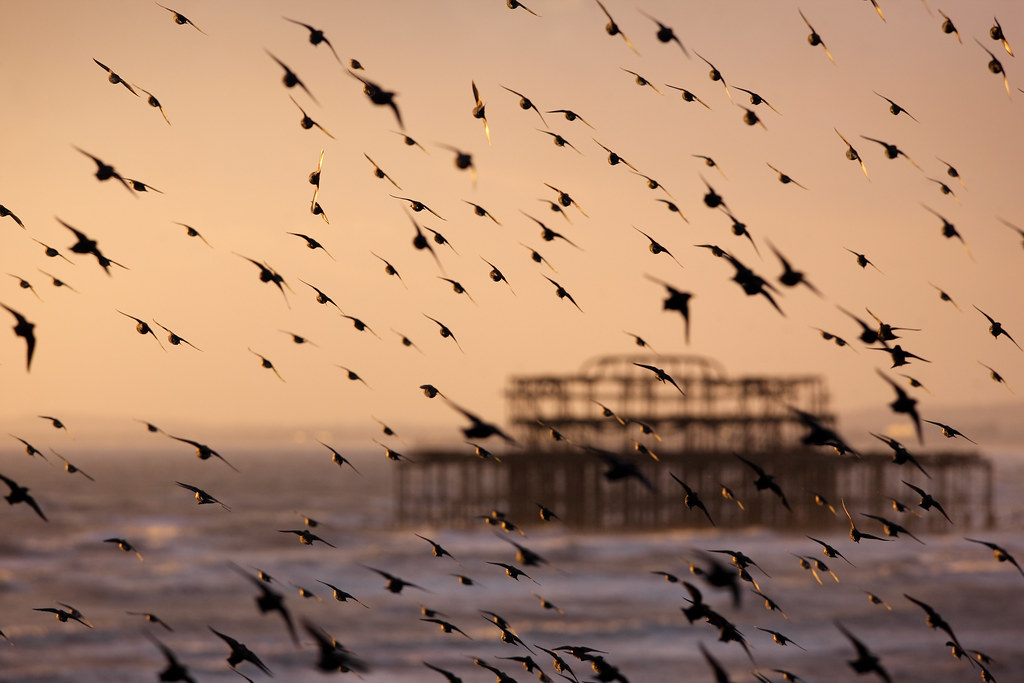
I was delighted to begin teaching photography in February. My clients learned a great deal about wildlife photography and were stunned the spectacle of 40,000 starlings gathering in murmurations around Brighton Pier. Passing on my extensive knowledge of wildlife photography is an intensely rewarding experience and I always look forward to enriching the lives of others with my love of nature. Two years ago, a photography student who worked with me, commented that our rural adventures, were "like being carried away to a far off place in a really good book or film and then finding reality disappointing at the end".
Alan MacKenzie Photography is now on Facebook to keep my fans regularly updated on what I'm doing and to promote my workshops. In addition to starlings, I offer tuition on landscape photography and specialist fields, such as Roe deer stalking and butterfly/macro photography.

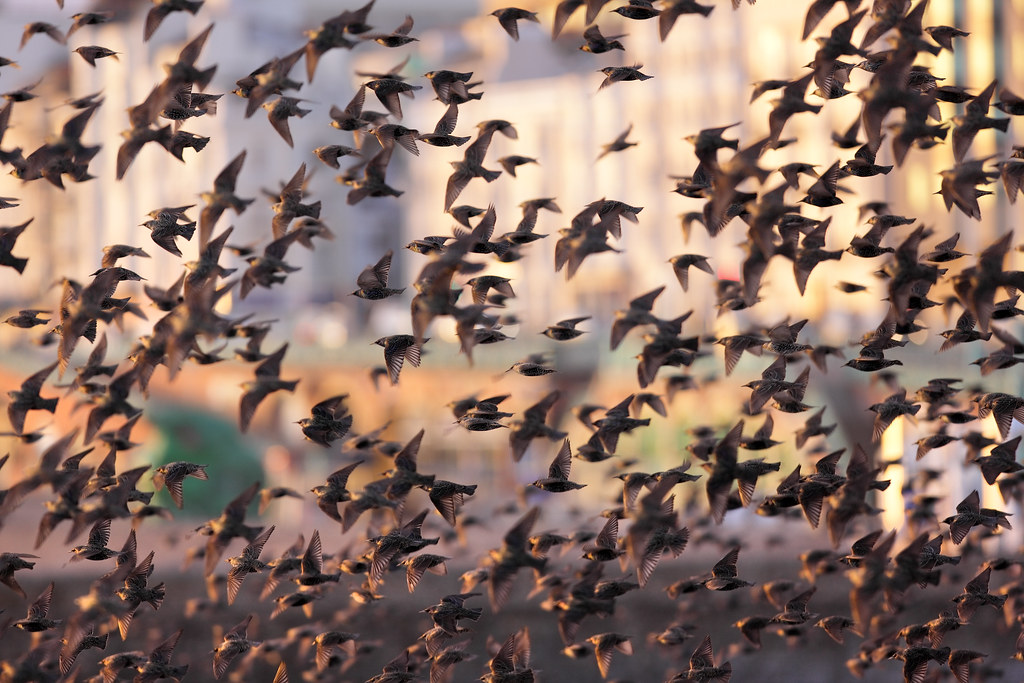
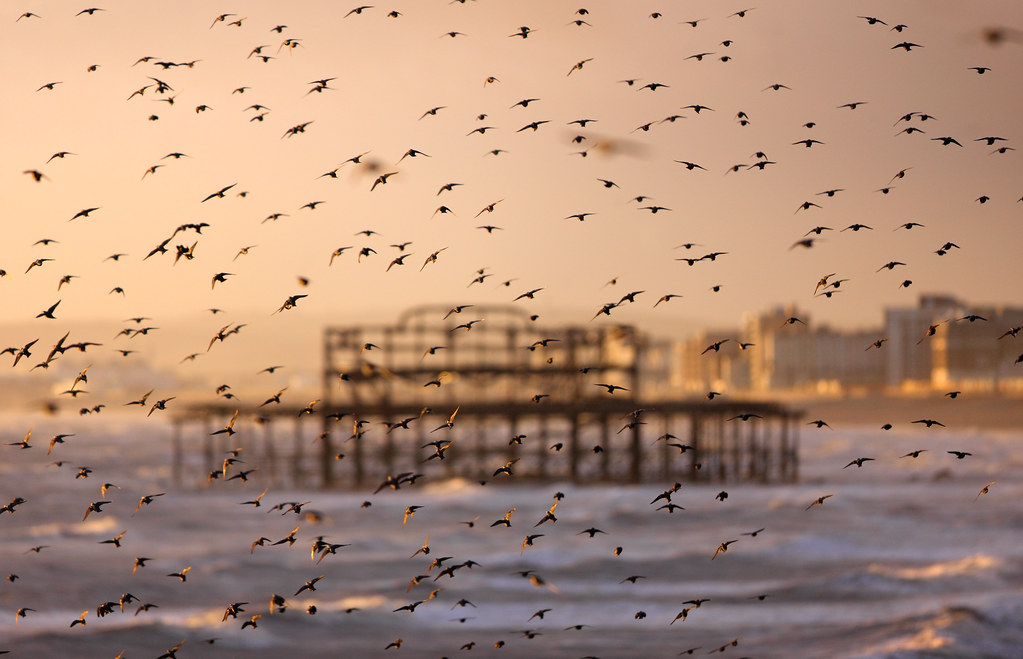
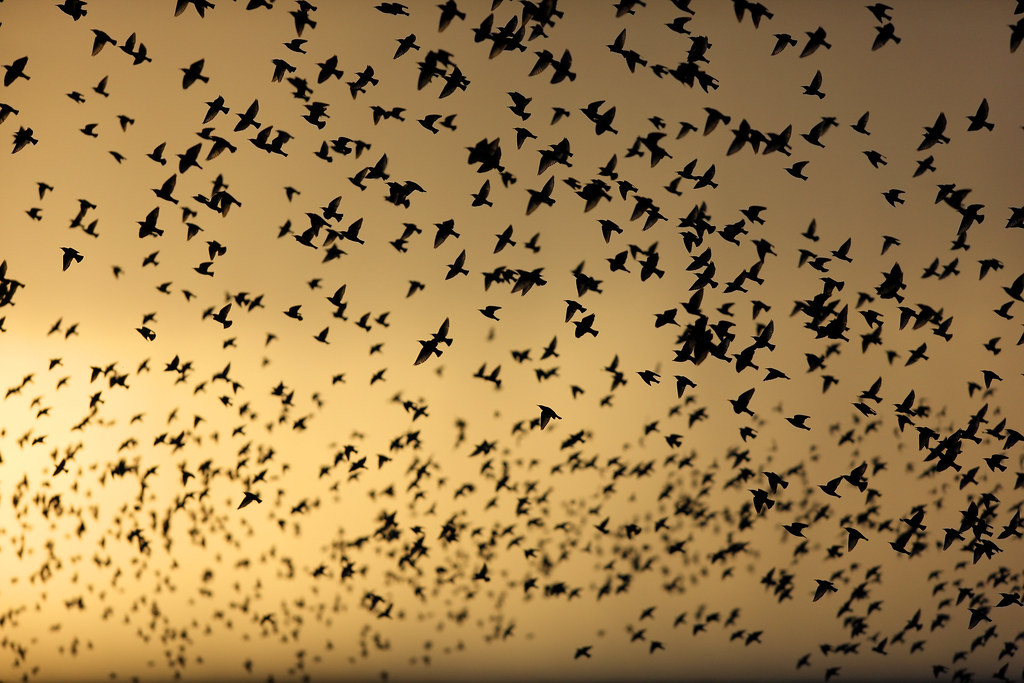
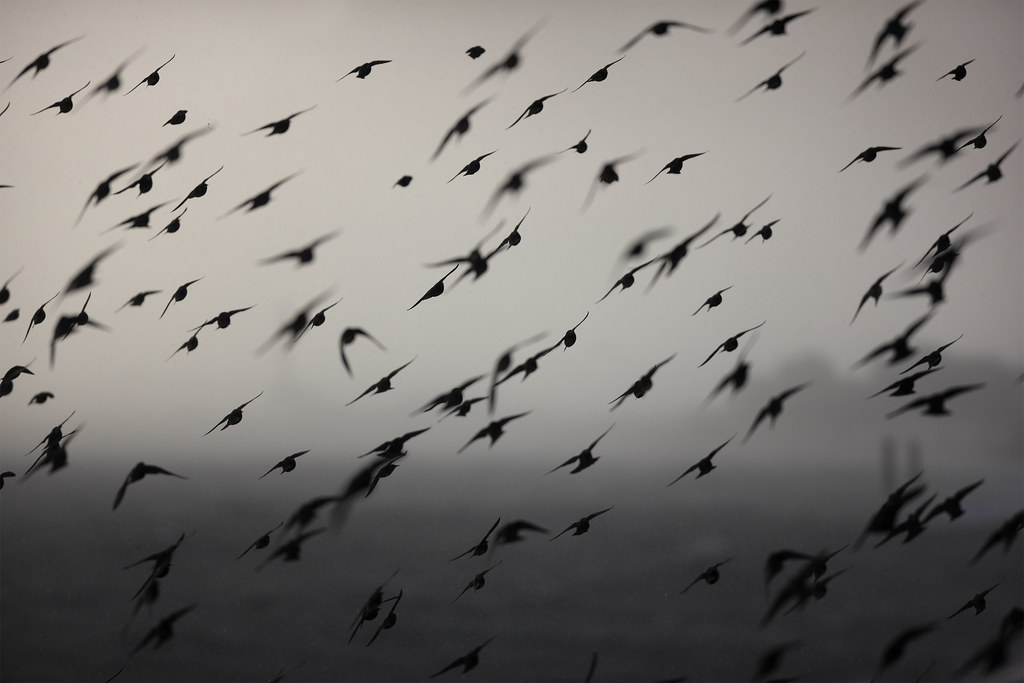
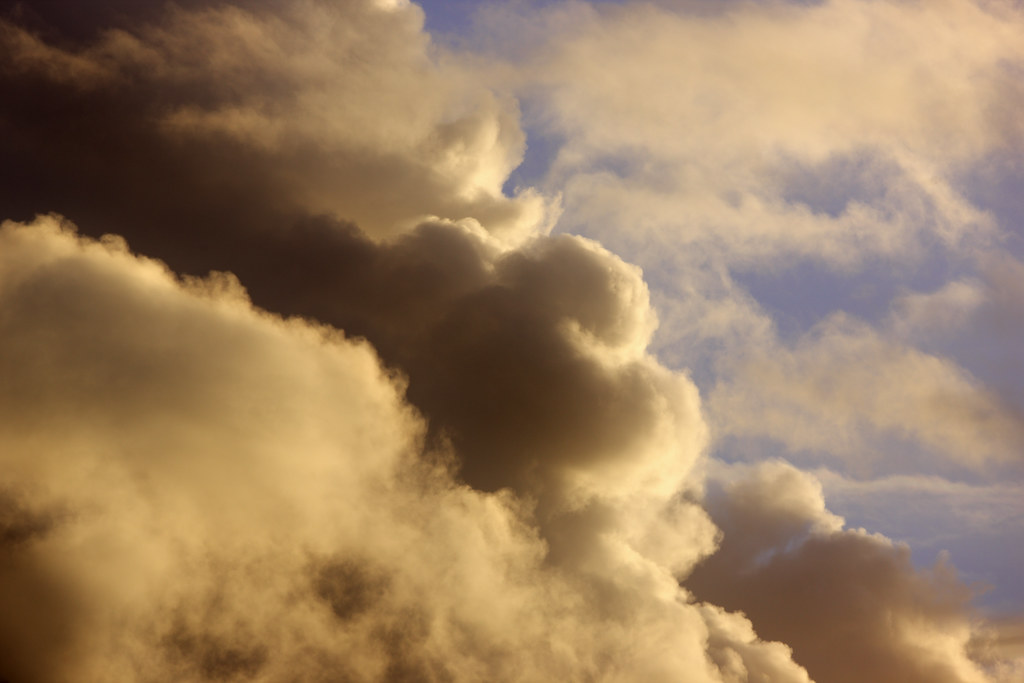
Comments
I have just switched to Canon so short on variety of lenses at the moment. 400mm seemed a bit long and my 17-40 was good for a wider view. Next winter I think a 70-200mm would be ideal. What length do you use?
Will the starlings still be around into March?
Thanks, David
I see you use a Canon 1D Mark IV; the 1.3 crop sensor makes a 400mm lens a bit too long for starlings. A 200mm lens on a 1.3 sensor is a better bet. You won't need a teleconverter, as it will slow down AF by 50%. I find my Canon 500mm lens far too long; my preferred lens for starlings is the Canon EF 300mm f/2.8 L IS USM. Its wide aperture, fast, accurate AF and good field of view/reach make it ideal for action photography at close quarters.
The starlings will be around until the end of March, when they suddenly all fly off to their homeland. Best wishes, Alan.